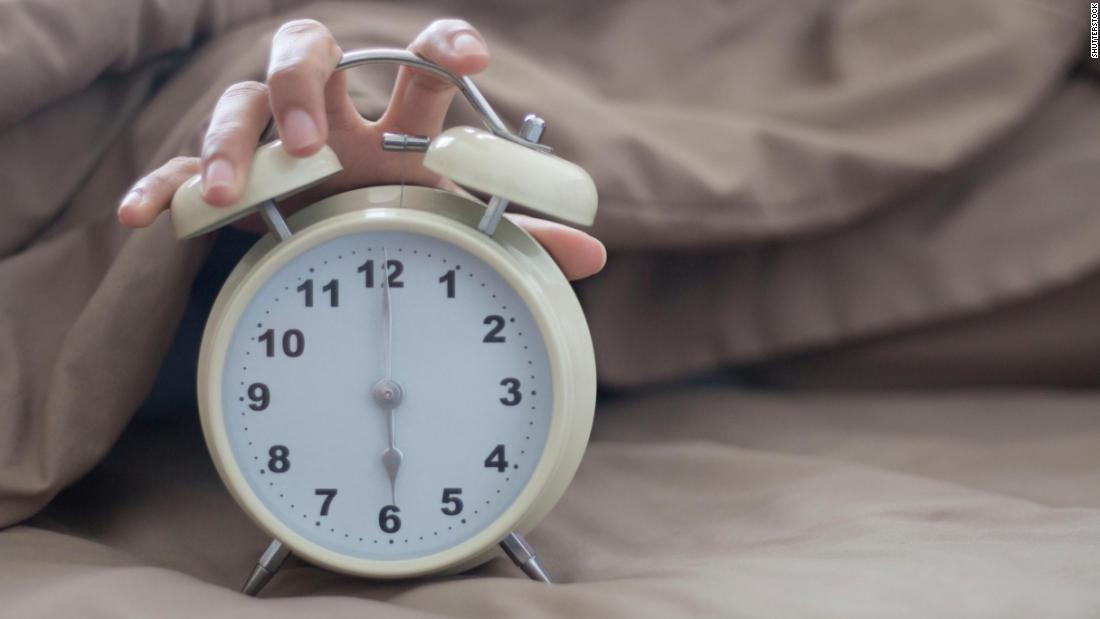
The problem for these senators (and indeed anybody who hates moving forward and backward) is that Americans are quite split on what system is best for them. Most do not seem to be in favor of the senators' solution.
An AP-NORC poll from late 2019 found that just 31% of Americans wanted to move to daylight saving time all year around. That beat out the 28% who wanted to keep switching back and forth between daylight saving and standard time, but trailed 40% who yearned for standard time all year around.
In other words, there's no consensus. Most Americans (71%) take a position that seems in opposition to daylight saving all the time.
It may be the case, however, that Americans are growing more opposed to moving the clocks forwards and backwards than they used to be.
Compare the AP-NORC poll to a CBS News poll taken in February 2015. In that survey, 48% liked the current system of switching back and forth. That's 20 points higher than the AP-NORC poll discovered in late 2019.
But it's not year-round daylight saving time that has gotten more popular. Rather, it's year-round standard time. Both year-round daylight saving and standard time were each favored by 23% of Americans in 2015. This means that from the CBS News poll to the AP-NORC poll, there was a 17-point jump in year-round standard time's popularity, while just an 8-point rise in year-round daylight saving time's popularity.
Indeed, as far as I can tell, there has never been a clear majority in favor of moving to daylight saving time all year around.
When Gallup first asked the question in the early 40s, Americans were consistently opposed to having it all year-round. Only 36% of Americans approved of moving to daylight saving time all year around in 1941, for example. That's quite similar to where the polling is right now. The clear majority (53%) disapproved of daylight saving time all year.
Interestingly, we have tried to move to daylight saving time all year in 1974. The Emergency Daylight Saving Time Act was signed into law to try and save energy during that year's energy crisis.
The problem was that most people opposed it. They didn't like that many would wake up and go to school or work in the dark. In a fall 1974 Opinion Research Corporation poll, opposition outran support by a 53% to 41% margin. Year-round daylight saving time was no more.
Now to be clear, it's not as if people don't like the idea of daylight saving time. It has polled well throughout the years. A majority of Americans (51%) were even in favor of when we expanded the number of weeks we had daylight saving time in 2007, according to a CNN/ORC poll at the time.
Americans just don't want it year round.
Of course, those of us who feel strongly about switching away from the current system are definitely in the minority. As I noted back in 2018, a 2017 Princeton Survey Research Associates International survey found that 55% of Americans claimed they aren't "disrupted" at all by moving the clocks forward. A mere 13% said it was a major disruption.
Still, there is probably one good reason to not go back-and-forth: Statistics show that springing forward results in more deadly car accidents. Moreover, people's heart health seems to suffer when we jump forward. (Similar problems are not seen when we gain an hour in the fall.)
That strikes me as a good enough reason to have either daylight saving or standard time all year round -- even if Americans can't agree on which one.
"time" - Google News
March 15, 2021 at 12:12AM
https://ift.tt/2PRwS1t
Americans don't like changing the clocks, but can't agree on a solution - CNN
"time" - Google News
https://ift.tt/3f5iuuC
Shoes Man Tutorial
Pos News Update
Meme Update
Korean Entertainment News
Japan News Update
Bagikan Berita Ini














0 Response to "Americans don't like changing the clocks, but can't agree on a solution - CNN"
Post a Comment